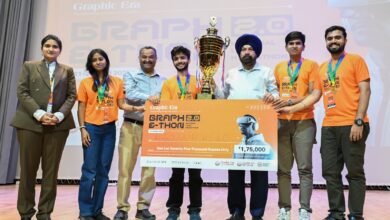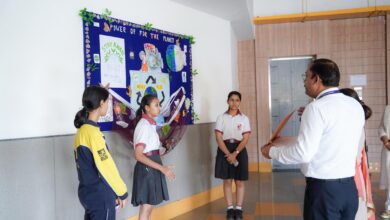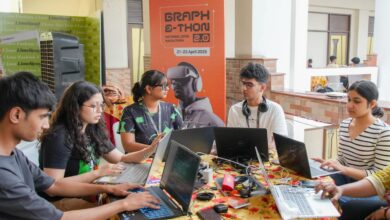A forgotten sympathetic judge of Bhagat Singh, revolutionaries
Martyrdom day of Bhagat Singh, Sukhdev and Rajguru
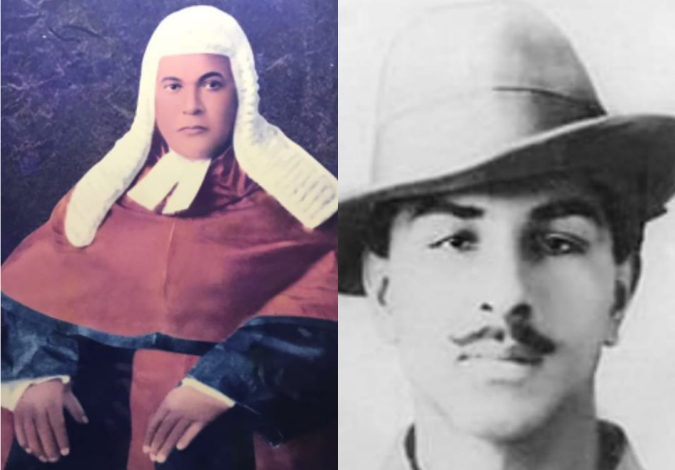
A forgotten sympathetic judge of Bhagat Singh, revolutionaries
S.M.A. KAZMi
Dehradun, March 23
On the martyrdom day of Bhagat Singh, Sukhdev and Rajguru today, as the nation is paying homage to the young revolutionaries who happily sacrificed their lives by attempting to throw away the yoke of servitude and valiantly fought for the independence of the country and its’ people from one of the most powerful imperialist British regime of the time, an Indian judge who also stood up to the British, lay forgotten even in his home town.
Justice Syed Agha Haider Zaidi, one of the senior Indian judge of the Lahore High Court and a member of the special tribunal constituted for the trial of the Lahore conspiracy case involving Bhagat Singh, Sukhdev and Rajguru and others, displayed utmost courage, morality and above all tried to preserve the rule of law in standing up to the imperialist design against these young revolutionaries. He remained a court room comrade of these young revolutionaries.
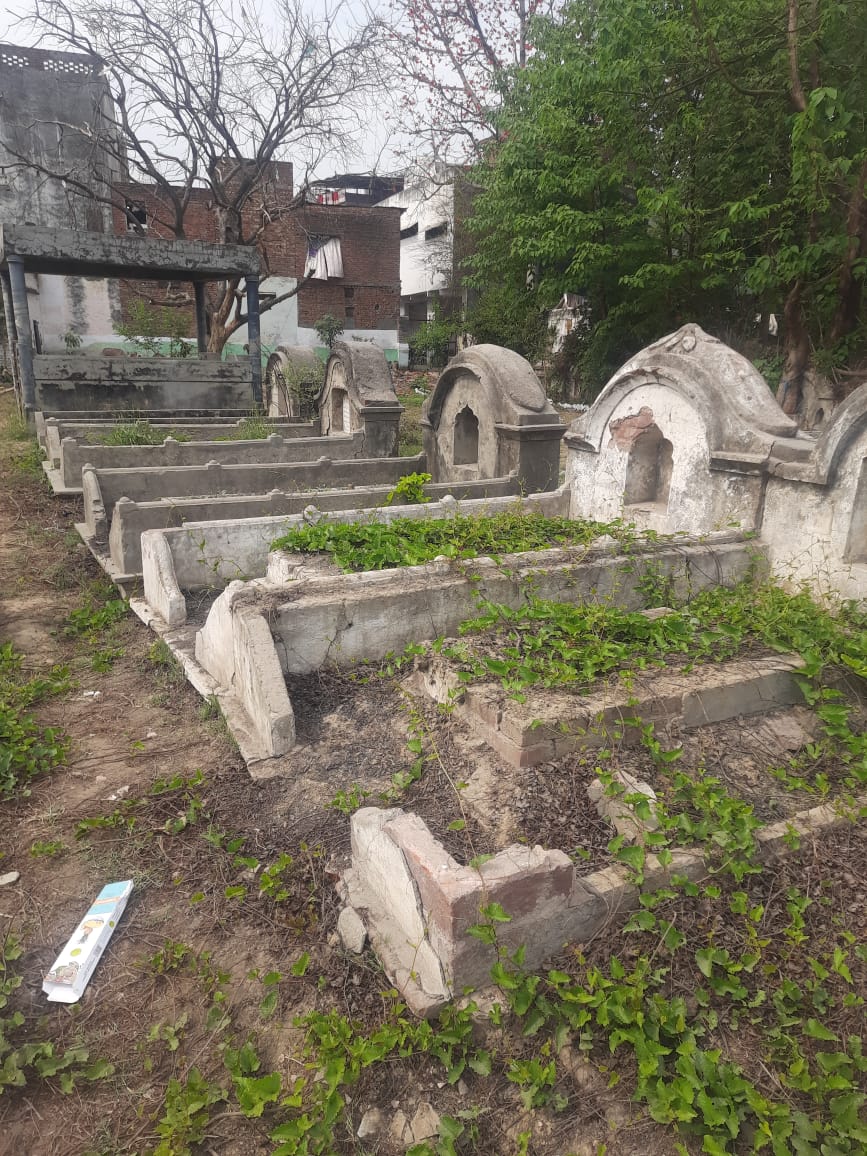
Justice Agha Haider Zaidi, lay neglected and forgotten in his own home state of Uttar Pradesh where none remembers him in his native city of Saharanpur. A visit to the family graveyard by the writer last week revealed that he lay buried in an unmarked grave in the family graveyard. Even the caretaker of the graveyard was unable to identify the grave of the illustrious son of the Saharanpur city. Except for few elders the family none would be able to identify his grave.
Justice Syed Agha Haider showed his mettle and toughness in not only exposing the British imperialist designs but also the hypocrisy of his brother judges on the special tribunal in the Bhagat Singh trial also known as Lahore Conspiracy case.
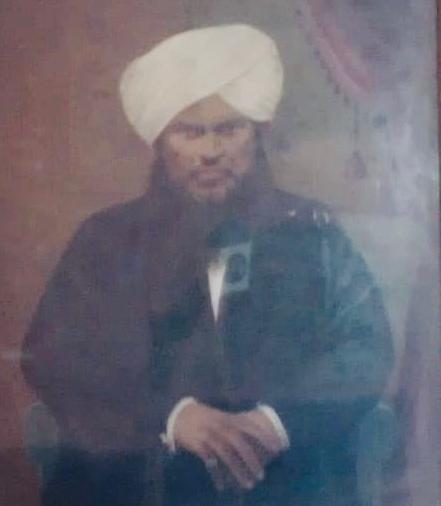
Not many amongst the younger generation in Saharanpur or Uttar Pradesh knows about this fearless native judge, who stood up to the might of British, forcing them to remove him from the tribunal by dissolving it and later reconstituting it to fulfil their design to hang the young Indian revolutionaries.
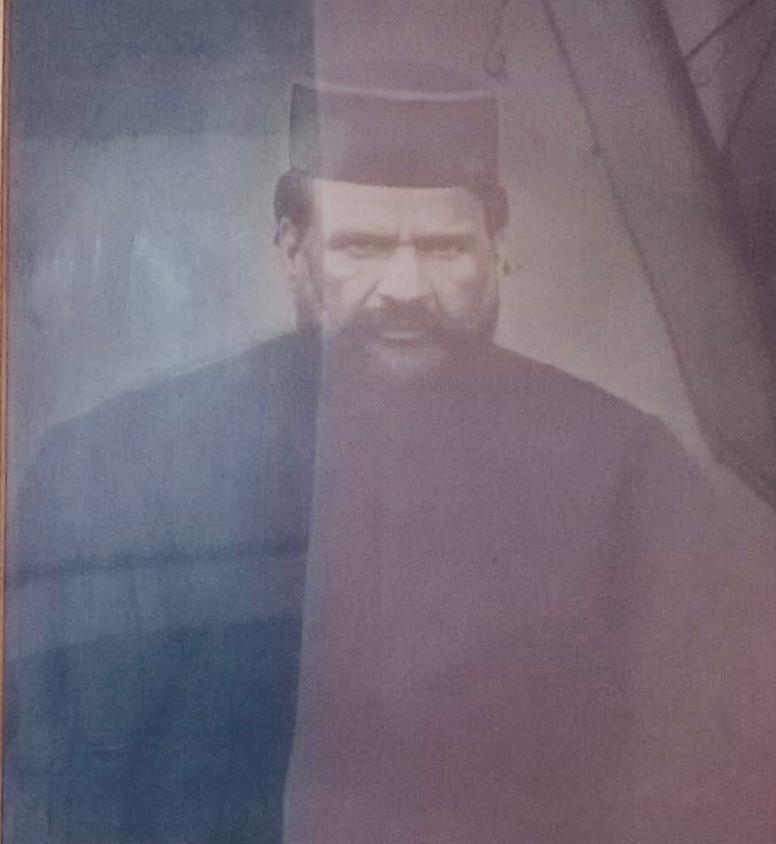
Justice Agha Haider was born at Mohalla Meerkot in an illustrious aristocratic Syed Shia family of Saharanpur in Uttar Pradesh in 1876, where his father Syed Ehsan Ali was a public prosecutor. His grandfather Ghulam Rasool was a renowned personality of his time. Agha Haider and his brother Mumtaz Ali took up the family profession of law. Justice Agha Haider went to England to study law and started practicing at Allahabad. A contemporary of Moti Lal Nehru, he was elevated as a judge of the Allahabad High court and later transferred to Punjab High Court, Lahore.
Meanwhile, in the Lahore conspiracy case, the motive of the British government was evident in the Lahore conspiracy case when the case was shifted from the magistrate’s court of Rai Sahib Pandit Sri Kishen to a special tribunal set up by Lord Irwin, the Governor General of India through an ordinance of three high court judges without any right to appeal except to privy council on May 1, 1930. Chief Justice Justice Shadi Lal of Lahore high court choose Justice Coldstream as President of the tribunal with bother judges Justice G.C. Hilton and Justice Agha Haider as members.
The trial by the special tribunal started on May 5, 1930. Bhagat Singh and his comrades in a letter wrote that they have no trust in the imperial justice system. It was on May 12, 1930, that an episode in the court room shook the British government. When Bhagat Singh and his comrades were brought in the court room as usual for them they started raising slogan and signing patriotic songs, annoying Justice Coldstream who ordered the police to handcuff them which was objected by Bhagat Singh. But the police used brute force beating up Bhagat Singh and his colleagues in a bid to handcuff them leading to some of them falling from the iron railing and fainting.
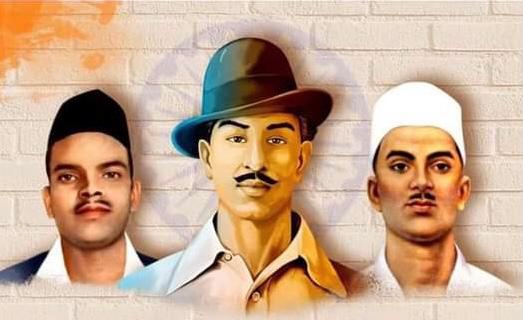
Narrating the incident Jaswinder Singh Juss in his book “The execution of Bhagat singh :Legal Heresies of the raj” wrote that this incident “affronted Bhagat Singh who railed at the judges, ‘You are cowards and mercenaries.’ Others amongst the accused called on the Indian
judge, Justice Agha Haider, to relinquish his office and immediately resign. An angry Justice Coldstream, however, ordered the hearing to be adjourned.
On May 12, 1930 during the court appearance, “Bhagat Singh started singing”, according to B.K. Sinha, “in his melodious voice” — Watan ki aabroo ka pas dekhen kaun kehta hai/suna hai aaj maktal mein hamara imtihan hoga (Let us see who cares for the dignity of the nation/ It is heard today we will be tried in a massacre house).
Justice Coldstream, President of the Special Tribunal, ordered them to be silenced and the police in large numbers in the running court pounced upon them despite Bhagat Singh protesting that there was no occasion for that. Scuffle, beating, singing, slogan shouting all continued and Prem Dutt, Kundan Lal and Ajoy Ghosh became unconscious. Justice Agha Haider could not bear and covered his face with a newspaper and dissociated himself from the brutal order. In his book, Trail of Bhagat Singh:Politics of Justice”, A.G. Noorani wrote that Bhagat Singh, while addressing the Tribunal, said: “You are cowards and mercenaries.”
The next day was even more extraordinary as the Tribunal reconvened. Justice Agha Haider made a statement. Although it was announced on 13 May 1930, it was clearly written on the very day that the fracas took place in court on 12 May 1930, when Justice Agha Haider had refused to sign off the proceedings of the day with his brethren on the Bench. He signalled his complete dissociation from the violence of the courtroom, which was instigated at the behest of the Tribunal’s president, Justice Coldstream. His actions must have come as a complete shock to the other judges. It must also have left the Chief Justice of Lahore totally stunned. He had appointed Justice Agha Haider as a safe pair of hands. But the man was no one’s fool.
Juss wrote,” Here was one Westernized Indian grandee not willing to be a stooge.How could the Chief Justice of Lahore have got this so wrong? An Oxford graduate, Agha Haider had been a close friend of Winston Churchill, with whom he had apparently shared a room. Despite that background, his statement made plain his discomfiture with the manner in which the president, Justice Coldstream, was handling his court. Bluntly and in plain English, he gave his order:”
ORDER
I was not a party to the order of the removal of the accused from the court to the jail and I was not responsible for it anyway. I disassociate myself from all that took place today in consequence of
that order. AGHA HAIDAR. 12th May 1930.
The dramatic events of May 12 had its’ impact as revolutionaries and their lawyers stopped attending the proceedings of the tribunal. In a very bold and courageous move, Justice Agha Haider took upon himself the responsibility of cross examining all the police witnesses.
Unlike two English judges, he did not accept the testimonies of these ‘witnesses’ produced by police namely Jai Gopal, Pohindra Nath Ghosh, Manmohan Banerjee, and Hans Raj Vohra, Justice Agha Haider picked holes in the statements that police gave these approvers much to the embarrassment of police and British government. Satvinder Singh Juss wrote in his book, “in the absence of legal representation on behalf of the accused, he had taken it upon himself to ensure that the ends of justice were not sacrificed”.
After tearing into the evidence of Hansraj Vohra, an accomplice turned approver in the case, Justice Agha Haider questioned Ram Saran Das, another witness on May 30, 1930 and thoroughly exposed him.
Ram Saran Das was forced to state the truth, “I wish to put in a document which shows how approvers are tutored. “I hand in the document. I do not wish to remain in the custody of the police. This document was given to me by a police officer who told me to learn it by heart. This was shown to me off and on by the officer who was with me. It passed on from officer to officer as they changed. I hand in the document.”
Satvinder Singh Juss further wrote that “After Justice Agha Haider was done with them, six of the seven eye-witnesses’ testimonies collapsed. Taking this into account, it looked likely that Justice Agha Haider was not going to convict the accused. If he did not, and the verdict was split, the Tribunal would not be able to pass a sentence of death. That prospect must have led many in officialdom to throw up their hands in despair. Justice Agha Haider could not be allowed to continue his work on the Tribunal.”
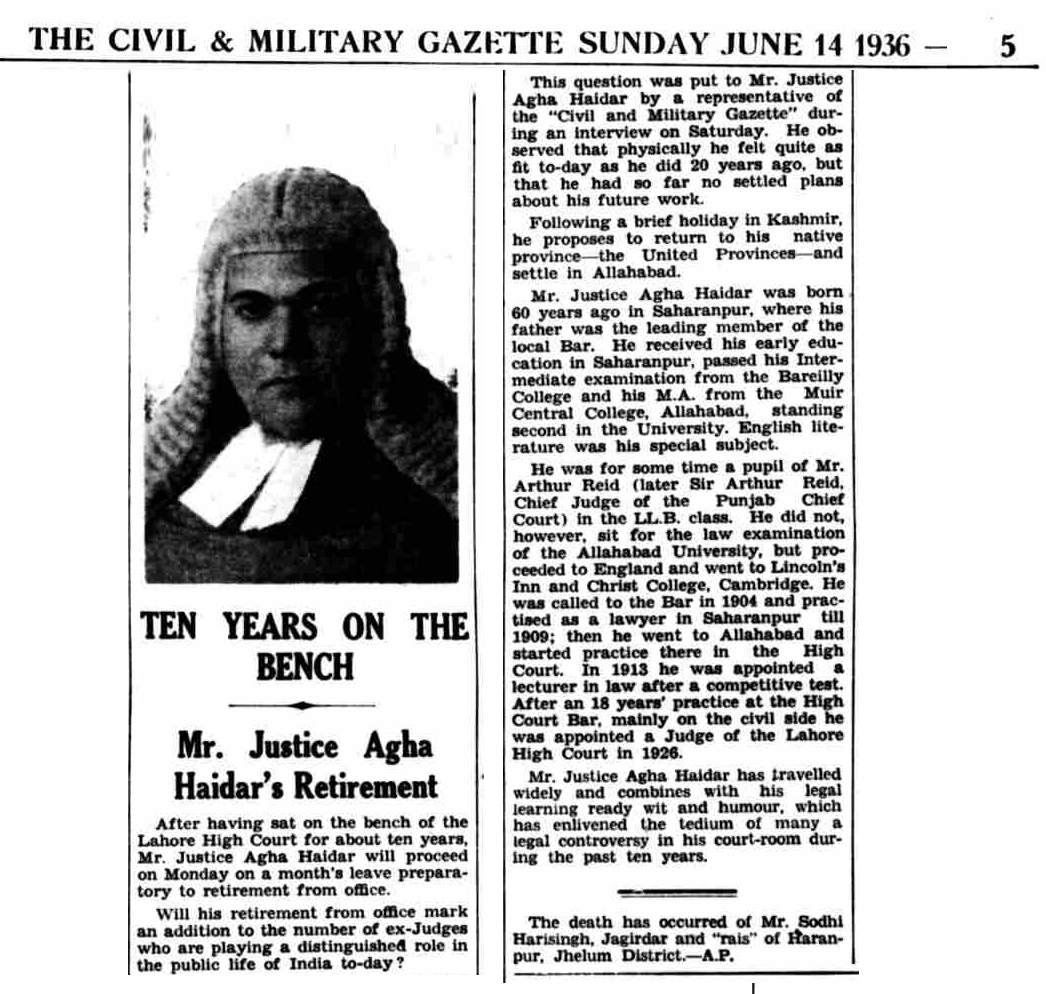
The news of retirement of Justice Syed Agha Haider published in Civil and Military Gazettee Newspaper of Lahore in june 1936.Zaigham Abbas Zaidi, a close relative of Justice Agha Haider from Saharanpur said that the then English public prosecutor, Carden Noad, was then sent to Justice Haider’s home ‘to pacify him, but the latter turned him out, saying, “I am a judge, not a butcher.” The special tribunal was reconstituted without Justice Agha Haider.
On June 22, 1930, the special tribunal was reconstituted with Justice G.C.Hilton as president and Justice Tapp and Justice Abdul Qadir as member. The reconstituted tribunal ordered death sentences to Bhagat Singh, Raj Guru and Sukhdev. These three young revolutionaries were hanged on the banks of river Ravi near Lahore on March 23, 1931.
Justice Agha Haider retired from Lahore High court in July 1936 and came back to his native Saharanpur and later became a member of the United Provinces legislative Council in 1937. Born in 1876, he received his early education at Saharanpur and passed his intermediate examination from Bareilley College, Bareilley. He did his MA from Muir central college, Allahabad standing second in the Allahabad University. English Literature was his special subject.
He was for some time student of Sir Arthur Reid, Chief Judge of the Punjab Chief Court in the LLB class. He did not sit for the LLB examination of the Allahabad University but proceeded to England. He went to Lincoln Inn and Christ College, Cambridge. He was called to the bar in 1904 and practiced as a lawyer in Saharanpur till 1909. He then went to Allahabad and started practising as a lawyer at the Allahabad High Court. In 1913, he was appointed as a lecturer of law after a competitive test. After 18 years of practice at the High court bar on the civilian side, he was elevated as judge of the Punjab High court in 1926.
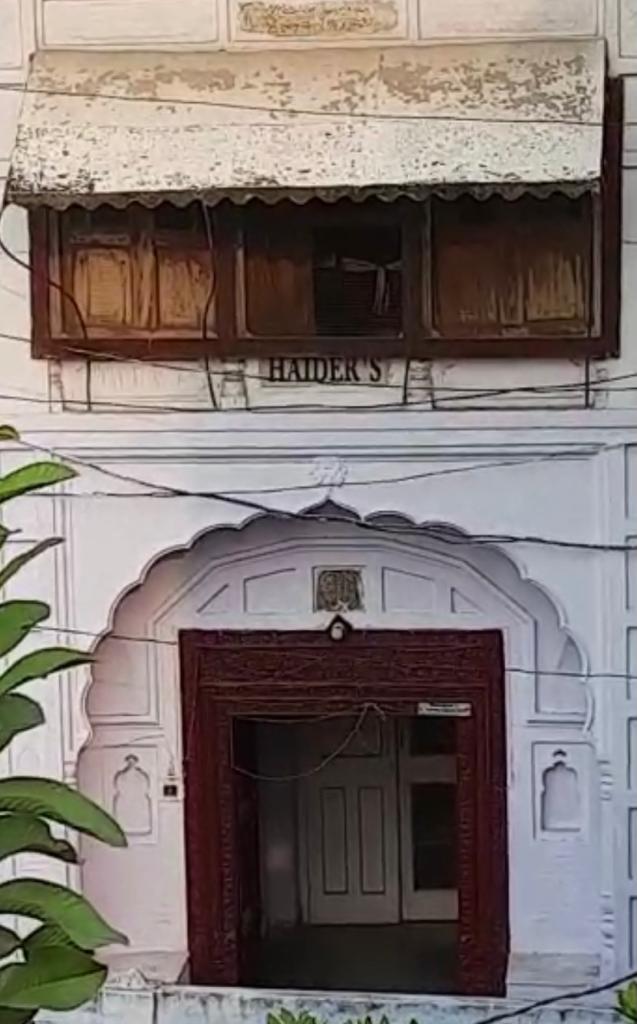
Married to Mehmooda Khatoon, he had two daughters namely Shaher Bano and Amir Bano. His son Zargham Hussain died at the age of 14. His elder daughter Shaher Bano was married to Hasan Abbas and younger one Amir Bano was married to Asghar Abbas. Shaher Bano died without any issue but adopted a daughter of Amir Bano. Justice Agha Haider, one of the richest landlords of Saharanpur district of his time died on February 5, 1947. He had willed to be buried at Karbala in Iraq but his will could not be fulfilled. He is buried in a family grave yard near Bajoria School in Saharanpur. Ironically, he lay forgotten by the state government and the people.” He is a role model and his contribution should be remembered by the people of his city, state and country,” quipped Qasim Abbas Zaidi, a young lawyer from the family who is carrying on the family profession.
Interestingly, after partition, younger brother of Bhagat Singh also settled in Saharanpur and became a legislator and minister in the Uttar Pradesh government.

